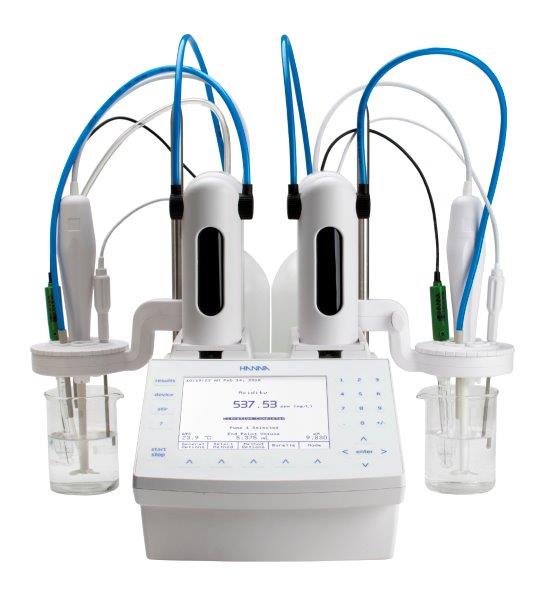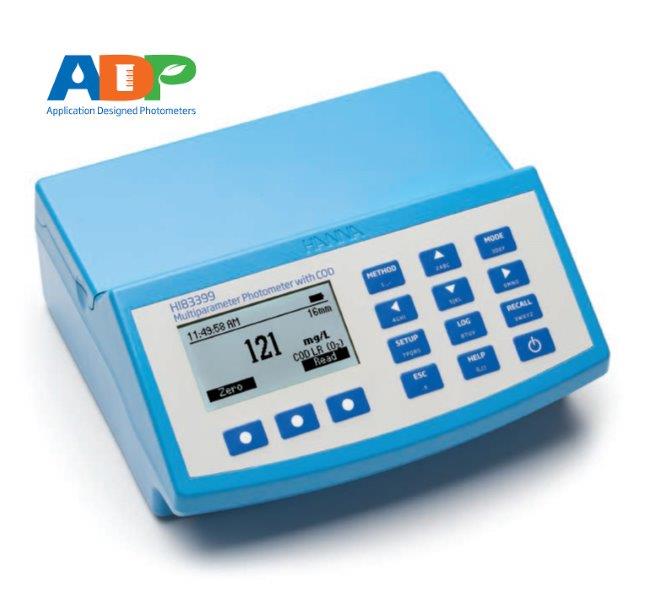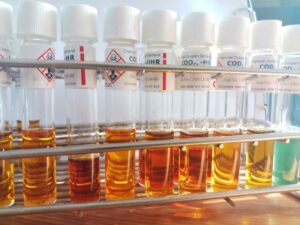Part 2
COD (chemical oxygen demand) is a critical waste treatment measurement in everything from municipal systems to food manufacturing waste streams. It determines wastewater treatment effectiveness and diagnoses problems in treatment. By Ralf Christoph, GM, Hanna Instruments South Africa There are two types of test methods for COD – titrimetric and colorimetric.Titrimetric

In the titration method for determining COD, the excess dichromate is reacted with a reducing agent – ferrous ammonium sulfate (FAS). As FAS is added slowly, the excess dichromate is converted into its trivalent form. As soon as all the excess dichromate reacts, an equivalence point is reached. This point means that the amount of FAS you added is equal to the amount of excess dichromate. Afterwards, a calculation is done regarding the amount of dichromate that goes towards oxidising organic material. This is based on how much was initially added and how much was left over.
Colorimetric

The consumption of dichromate can be calculated by evaluating the change in the absorbance of the sample. The samples absorb at particular wavelengths due to the colour of trivalent chromium (Cr3+) and hexavalent chromium (Cr6+). The quantity of trivalent chromium in a sample after digestion is calculated by measuring the absorbance of the sample at a wavelength of 600 nm in a photometer or spectrophotometer. Alternatively, the absorbance of hexavalent chromium at 420 nm can be used to determine the amount of excess chromium at the end of digestion to determine COD values.
This method is easy and requires a four simple steps:
This method is easy and requires a four simple steps:
- Digest the samples and a reagent blank. The reagent blank is just a sample of deionised water that is treated the same way as the actual samples. The blank can be reused for as long as the reagent batch lasts.
- Let the digested samples and blank cool by using a test tube cooling rack.
- Zero the instrument using the blank vial.
- Read the samples








